Blue And Gold Macaw
Original price was: $2,700.00.$2,500.00Current price is: $2,500.00.
- Size: up to 35 inches
- Lifespan: 50 to 80 years
- Bird Species: Parrot
- Colors: Bright blue, yellow
- Sounds: Talking bird, Vocal
- Interaction: Highly Social, Affectionate, Playful, Intelligent
- Comparable Breeds: Scarlet Macaw
Blue and Gold Macaw for Sale: The Ultimate Avian Companion
Blue and Gold Macaw For Sale are Known for their striking appearance, blue-and-gold macaws are popular pet parrots frequently featured in movies, television shows, and commercials. With their vibrant blue and gold plumage, these intelligent birds are a captivating addition to any home. Blue and gold macaws are also known for their friendly and affectionate personalities, making them cherished lifelong companions. Their impressive lifespans further solidify their popularity. Blue and Gold Macaw Birds for sale
This particular male Blue and Gold Macaw pet is just 2 years and 4 months old, offering a wonderful opportunity to welcome a loyal and stunning feathered friend into your life.
Blue and gold macaw More Information:
Introduction |
The blue-and-gold macaw is one of the most recognizable and popular parrots in the world. Known for their vibrant plumage and charismatic personalities, these birds are native to South America. This article will explore the blue-and-gold macaw’s natural habitat, physical characteristics, behavior, diet, care requirements, and more. |
| Natural Habitat | |
| Geographic Range | Blue and gold macaws are native to the tropical rainforests of South America. Their range extends from Panama in Central America through to Brazil, Bolivia, and Paraguay in South America. |
| Climate and Environment | These macaws thrive in humid, tropical environments. They are typically found in lowland forests, especially near rivers and swamps, where they can find plenty of food and nesting sites. The constant warm temperatures and high humidity of their natural habitat are ideal for their health and well-being. |
| Physical Characteristics | |
Appearance |
The blue-and-gold macaw is famous for its striking coloration. They have bright blue feathers on their backs and wings, contrasting with golden-yellow feathers on their chests and bellies. Their faces are bare and white, with a ring of small black feathers around the eyes and a large, powerful black beak. |
| Size and Weight | These birds are among the largest parrots, measuring about 30 to 34 inches in length and weighing between 2 and 3 pounds. Their wingspan can reach up to 41 inches, enabling them to glide gracefully through the air. |
| Behavior and Temperament | |
| Social Behavior | Blue And Gold Macaws are highly social and intelligent birds. In the wild, they live in pairs or small flocks, engaging in mutual preening and other social activities. They form strong bonds with their mates and are known for their affectionate nature. |
| Vocalizations | These macaws are very vocal and can produce a wide range of sounds, from loud squawks and screeches to more melodic calls. They are also capable of mimicking human speech and other noises, making them entertaining companions. |
| Diet and Nutrition | |
| Wild Diet | In their natural habitat, blue-and-gold macaws feed on a varied diet of fruits, nuts, seeds, and occasional insects. They use their strong beaks to crack open hard nuts and seeds, accessing the nutritious contents inside. |
| Captive Diet | A balanced diet for captive blue-and-gold macaws should include high-quality pellets, fresh fruits, and vegetables. Nuts and seeds should be given in moderation to avoid excessive fat intake. Providing a variety of foods ensures they receive all necessary nutrients. |
Lifespan and Health |
|
Common Health Issues |
Blue and gold macaws can suffer from several health issues, including psittacine beak and feather disease, respiratory infections, and behavioral problems like feather plucking. Regular veterinary checkups and a proper diet are essential to maintaining their health. |
| Lifespan in the Wild vs. Captivity | In the wild, these macaws typically live around 30 to 40 years. However, with proper care in captivity, they can live up to 60 years or more, making them a long-term commitment for any potential owner. |
| Breeding Season | The breeding season for blue-and-gold macaws usually occurs during the rainy season when food is more abundant. This period varies depending on their geographic location. |
| Nesting Habits | Blue-and-gold macaws nest in tree cavities, where the female lays 2 to 3 eggs. Both parents share the responsibilities of incubating the eggs and feeding the chicks once they hatch, demonstrating their strong pair bonds and cooperative nature. |
| Blue And Gold Macaws as Pets | |
| Pros and Cons | Owning a blue-and-gold macaw can be incredibly rewarding due to their affectionate and playful nature. However, they require significant time, attention, and resources. Their loud vocalizations and potential for behavioral issues can be challenging for some owners. |
| Care Requirements | These birds need a spacious cage, plenty of mental and physical stimulation, and regular interaction with their owners. Providing a variety of toys, perches, and climbing opportunities is essential to keep them engaged and happy. Proper diet, hygiene, and medical care are crucial for their overall health. |
| Training and Enrichment | |
Basic Training Tips |
Training a blue-and-gold macaw requires patience and consistency. Start with basic commands like “step up” and “step down,” using positive reinforcement techniques such as treats and praise. Socializing them with different people and environments helps reduce anxiety and prevent behavioral problems. |
| Enrichment Activities | Providing a variety of toys and activities is essential for these intelligent birds. Foraging toys, puzzle feeders, and interactive playtime help prevent boredom and promote mental health. Regular out-of-cage time is also necessary for their physical and emotional well-being. |
| Conservation Status | |
| Threats to Survival | Blue and gold macaws face significant threats from habitat loss due to deforestation and the illegal pet trade. Their populations have declined in some areas, making conservation efforts crucial for their survival. |
| Conservation Efforts | Various organizations are working to protect these birds through habitat preservation, anti-poaching measures, and breeding programs. Supporting these efforts is vital for the survival of the species and maintaining their natural populations. |
Conclusion |
The blue-and-gold macaw is a magnificent bird that captivates with its beauty and intelligence. Whether observed in the wild or kept as a companion, understanding their needs and behaviors is essential for their care and conservation. By providing proper care and supporting conservation initiatives, we can help ensure the survival of these remarkable birds. |
| FAQs | |
| What is the average lifespan of a blue-and-gold macaw? | In captivity, with proper care, they can live up to 60 years or more, while in the wild, they typically live around 30 to 40 years. |
| Are blue-and-gold macaws good pets? | Yes, they can be wonderful pets due to their affectionate and playful nature, but they require a significant time commitment and care. |
| What do blue-and-gold macaws eat? | Their diet includes high-quality pellets, fresh fruits, and vegetables. In the wild, they eat fruits, nuts, seeds, and occasional insects. |
| How can I tell if my blue-and-gold macaw is healthy? | Signs of a healthy macaw include bright eyes, clean feathers, active behavior, and regular vocalizations. Regular vet checkups are also important. |
| Do blue-and-gold macaws require a lot of attention? | Yes, they are highly social and need regular interaction and mental stimulation to stay happy and healthy. |
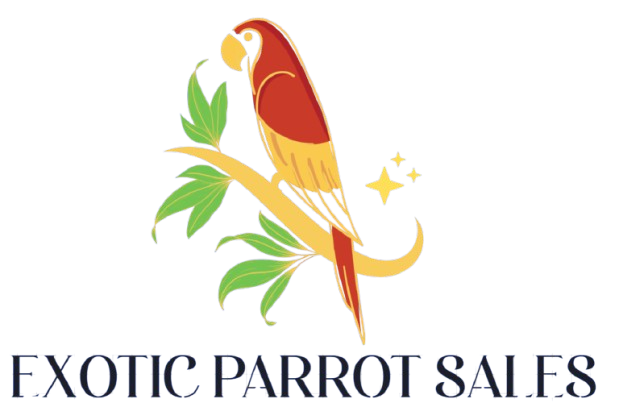
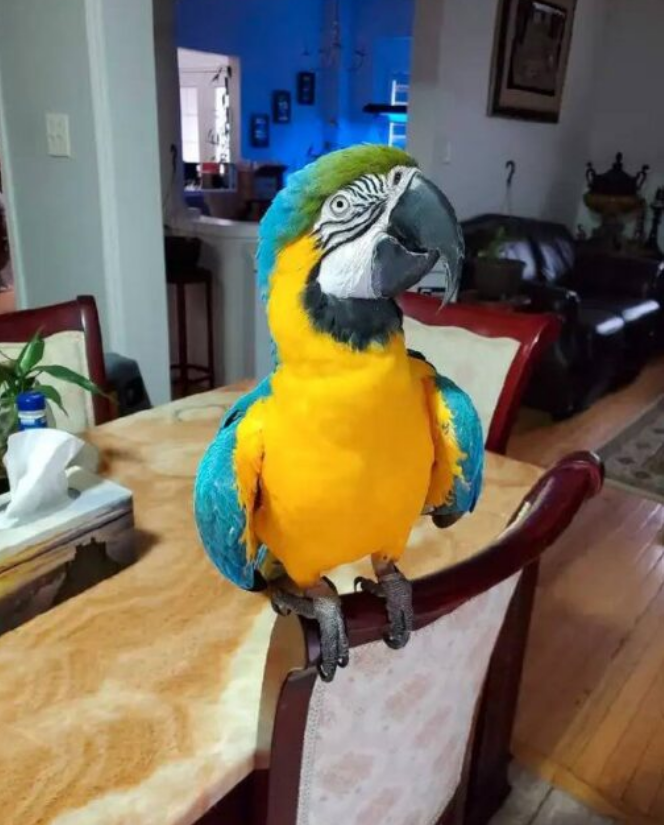
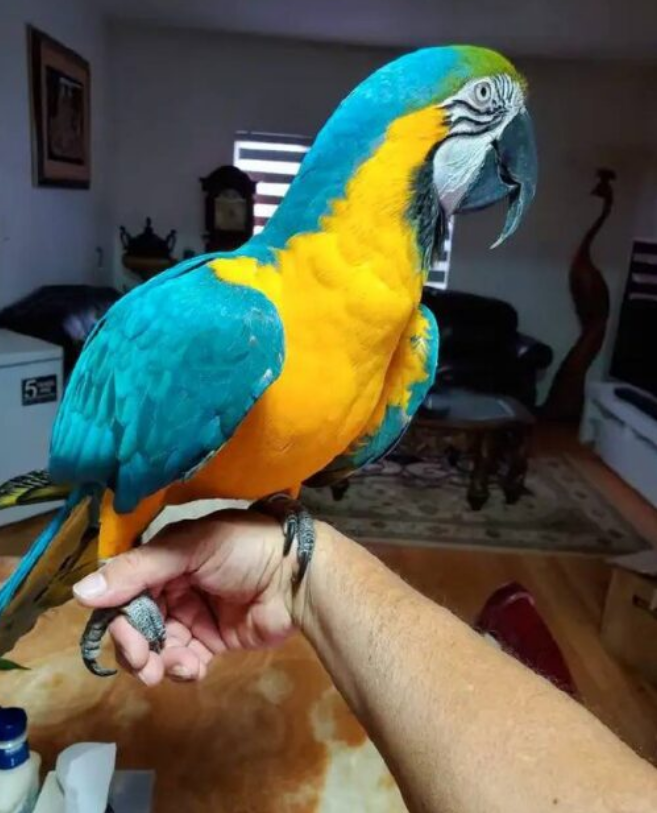
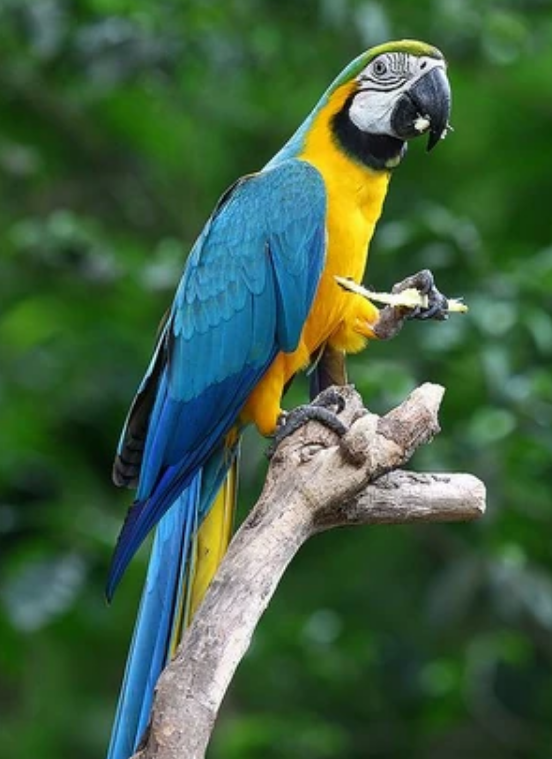
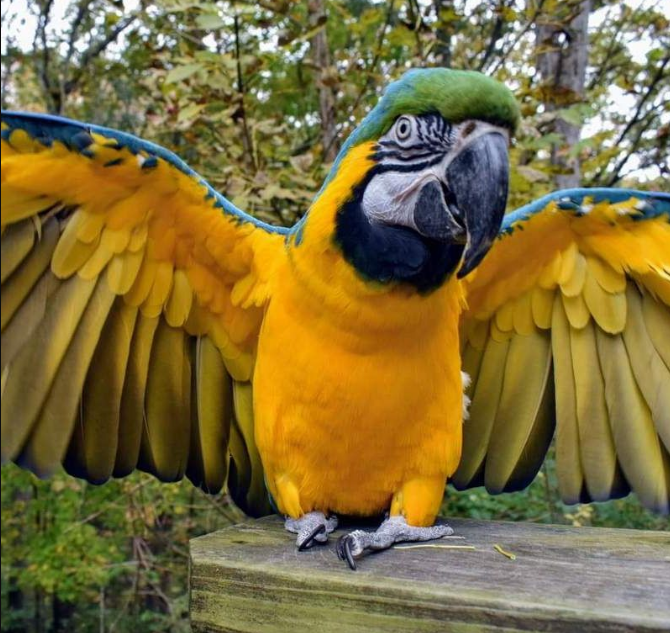
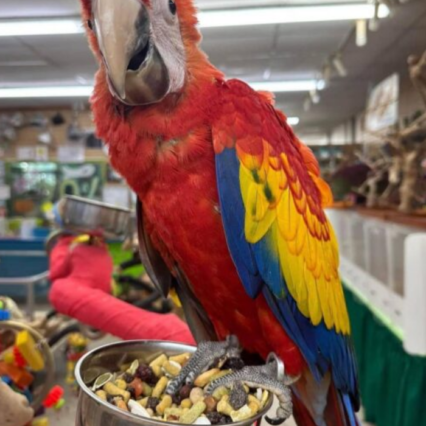
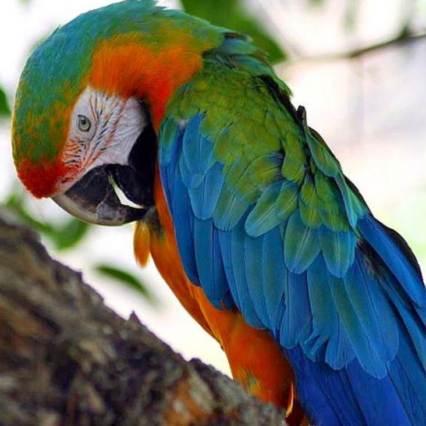
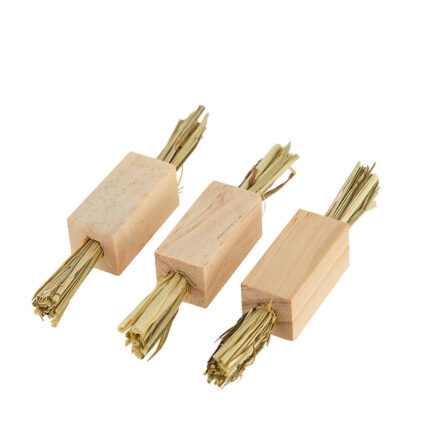
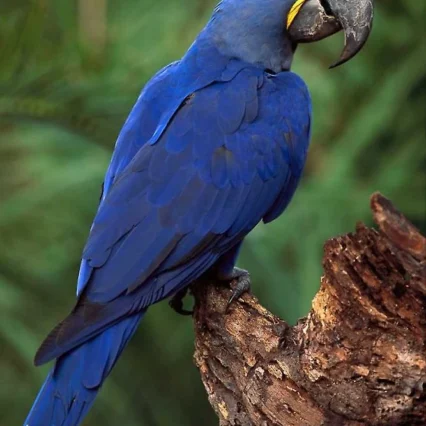
Reviews
There are no reviews yet.